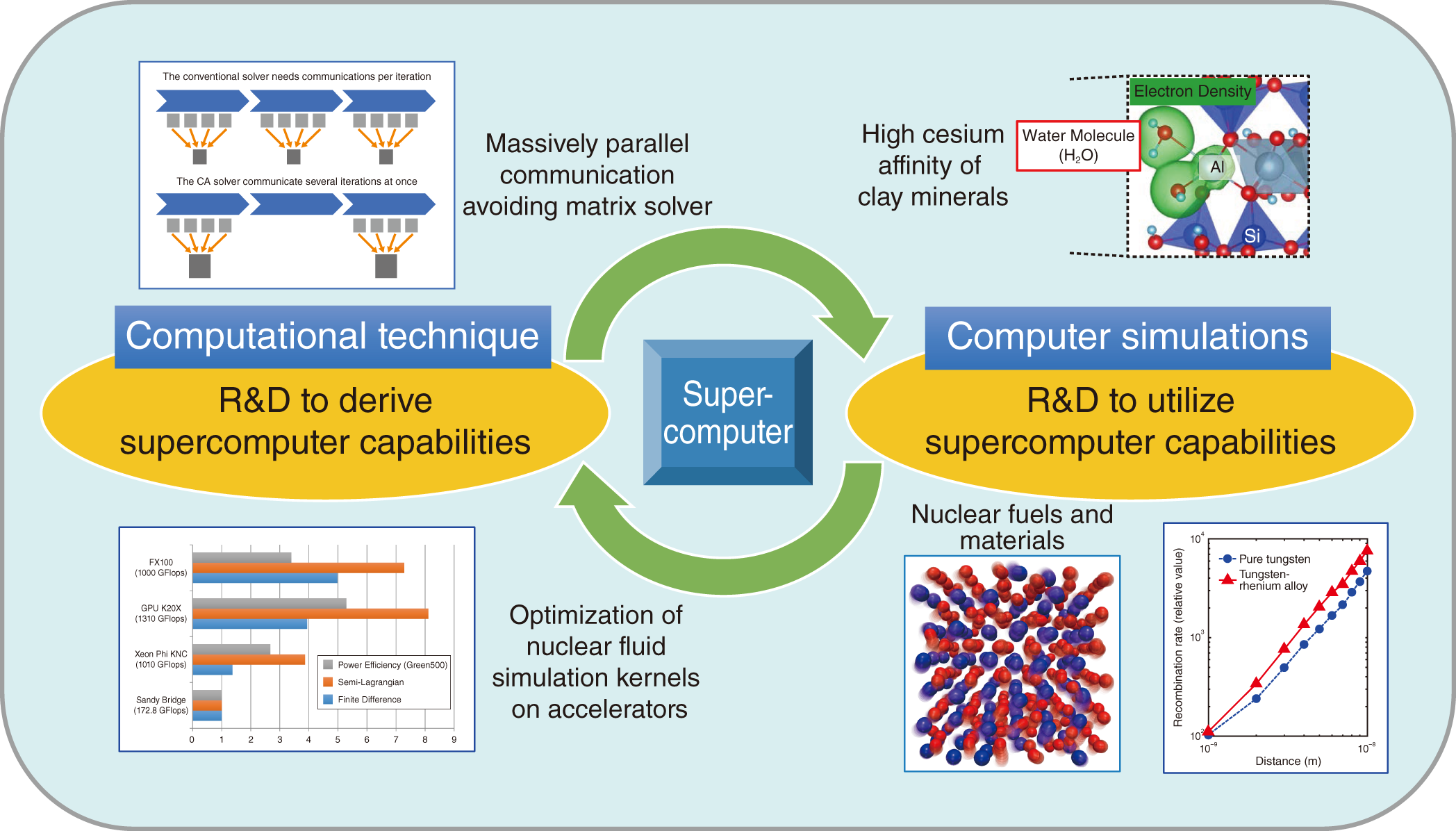
Fig.9-1 Research & Development (R&D) at the Center for Computational Science and e-systems
We are performing research and development of computational science and technology with the aim of analyzing the various issues required for solving the problems generated by the accident at the TEPCO’s Fukushima Daiichi NPS (1F), and for research and development of future nuclear power systems as shown in Fig.9-1. Here, we will present four main topics.
The Center is developing advanced calculation technology to maximize supercomputer capacity. In a state-of-the-art supercomputer, network communication between computing devices has become a bottleneck for deciding the processing speed of the overall calculation; however, we have succeeded in developing a communication-oriented solver that greatly reduces communications processing (Topic 9-1). To make full use of accelerators that speed up the numerical-calculation method in the field of nuclear power, various calculation methods have been studied and the main part of the calculation code for nuclear fluid has been successfully optimized for accelerators (Topic 9-2). These results will lead improvement of R&D capabilities not only in the nuclear field, but also in the computational-science field as a whole.
In addition, we are conducting R&D using supercomputers; one such topic involves using high-precision calculation methods to examine the characteristics of radioactive cesium related to fuel and materials in nuclear power plants and 1F-accident countermeasures based in first principles from the level of electrons. We have also revealed the peculiar behavior of thorium dioxide, a next-generation nuclear fuel, at high temperature through molecular-dynamics simulation based on first-principles calculation (Topic 9-3). In tungsten alloy, which is a candidate to be the inner-wall material of a fusion reactor, simulation of lattice-defect migration based on first-principles calculation was performed to clarify why the addition of rhenium improves the irradiation resistance of tungsten (Topic 9-4). In addition, the results related to investigating the cause of clay minerals with a high ability to adsorb radioactive cesium are also obtained (Chapter 1, Topic 1-19).
We received the “ISC 2016 HPC in Asia Poster Award” with RIKEN on June 22nd, 2016, for research and development of advanced calculation technology. We also organized workshops entitled “Efforts of Computational Science for Recovery from the Fukushima Accident” on February 14th, 2017. In addition, we are undertaking activities to disseminate computational science and technology.